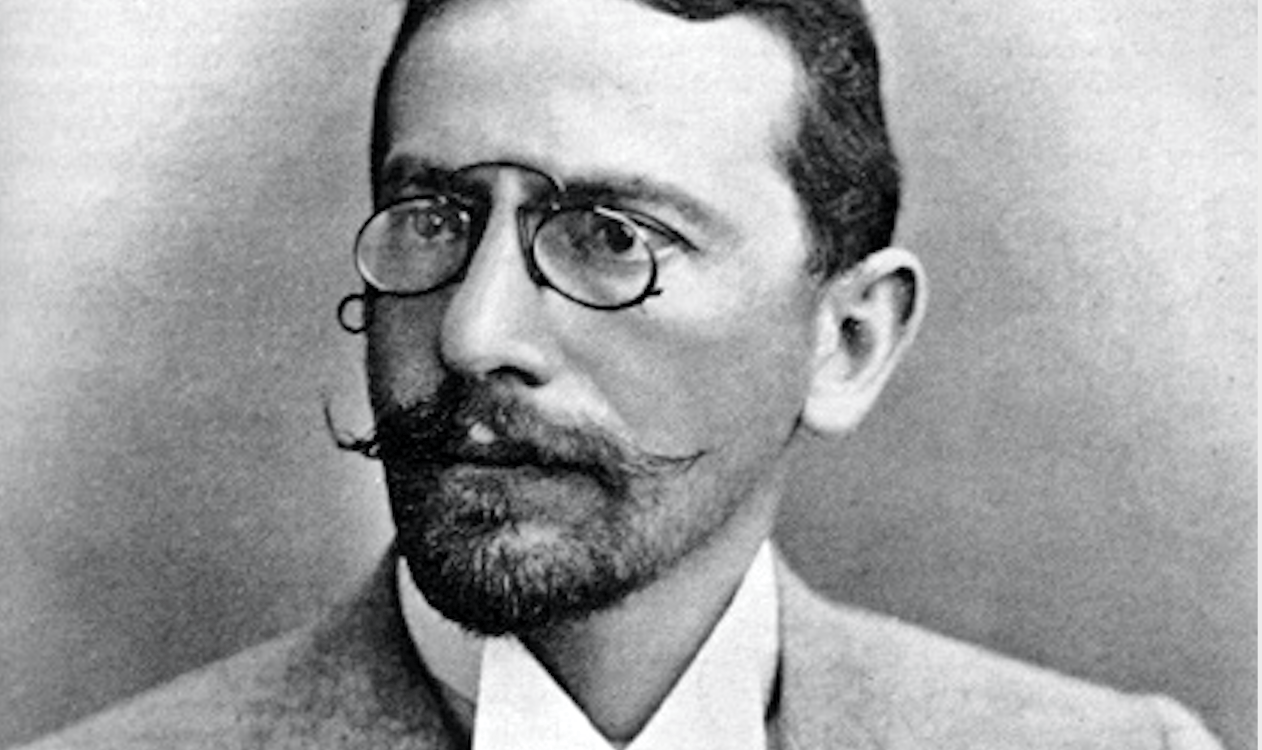
The Great Siegbert Tarrasch: Puzzles And Games
Siegbert Tarrasch was born in Germany, March 5, 1862. Parents always dream that their children will be super-special, but Tarrasch really was! He excelled in school and, after that (in 1880), he moved to Halle, studied medicine and opened up his own flourishing medical practice. He loved medicine, he loved helping his patients, but he also had another love: chess.
Of course, most people have a job and play chess whenever they can. But Tarrasch wasn't one of those guys. Instead, he was one of the best chess players in the world. When 1889 rolled around Tarrasch was the best player in the world! He continued to dominate, winning four powerful tournaments in Breslau 1889, Manchester 1890, Dresden 1892, and Leipzig 1894. And then, when everyone thought that the dream would continue forever, a certain man named Emanuel Lasker turned everything upside down in 1894 by beating Wilhelm Steinitz in a match, giving the World Championship to Lasker.

However, Tarrasch was still amazing: He was the 2nd best player in the world, (Okay, Tarrasch still thought he was the best in the world.) and he was a great chess writer, using Steinitz' ideas but making them easier to understand to the masses (control the center, bishop pair, space, and mobility).
But time goes by and powerful new players (in the 1900s) like GM Akiba Rubinstein, Aron Nimzowitsch, Jose Raul Capablanca, and Alexander Alekhine started to take over.
I must say that, in the legendary St. Petersburg 1914 chess tournament (This was the preliminaries.), Tarrasch did very well. Capablanca was first (8 points), Lasker (who was very rusty) and Tarrasch were tied (6.5), and Alekhine and Marshall had 6.

During the final double-round event, Lasker managed to toss away his cobwebs and magnificently win first (with 13.5), Capablanca was second (13), Alekhine third (10), Tarrasch was fourth (8.5), and Marshall fifth (8).
Tarrasch was still playing tournaments right through 1932 (quite well)! However, the young bucks (mentioned above) were too much for him. He died in 1934.
Game 1
Tarrasch, in his prime, had it all: great tactics, positional understanding, and pure attacking skills.
Game 2
Game 3
This game shows Tarrasch’s endgame and tactical skills.
Game 4
Game 5
So far we’ve seen Tarrasch’s tactical skills. Now we’ll look at his positional skills.
Game 6
Game 7
Have a look at a smooth, positional kill. Note that Black has two bishops and will soon take over the queenside too.
Game 8
Game 9
You can learn a lot from this game!
Game 10
Game 11
What is White’s best move? Is White crushing Black, or is White just a bit better, or is Black better, or is Black in trouble? Good luck!
Game 12
Game 13
Game 14
In the introduction of the 1908 World Championship match between Lasker and Tarrasch, Tarrasch clicked his heels, bowed stiffly, and said, “To you, Dr. Lasker, I have only three words, check and mate.”, then he left the room.

Though Tarrasch was the best player in the world for a few years (and 2nd best for quite a while), it's never forever. There is always a young, energetic player somewhere who will rule the chess world until the next chess god appears.






